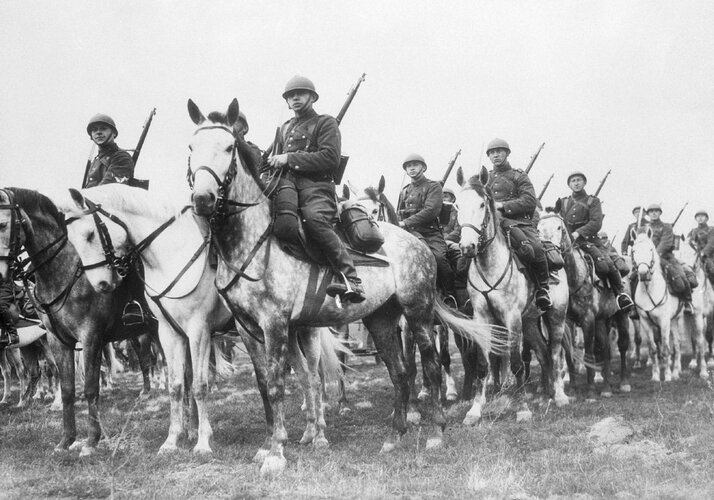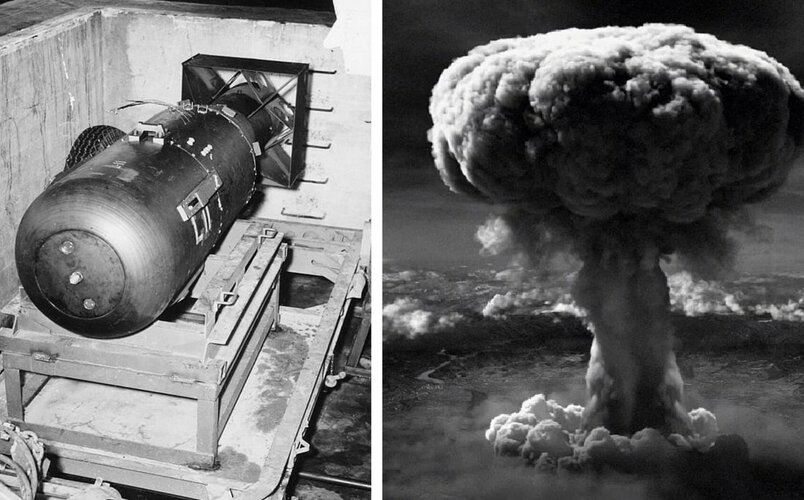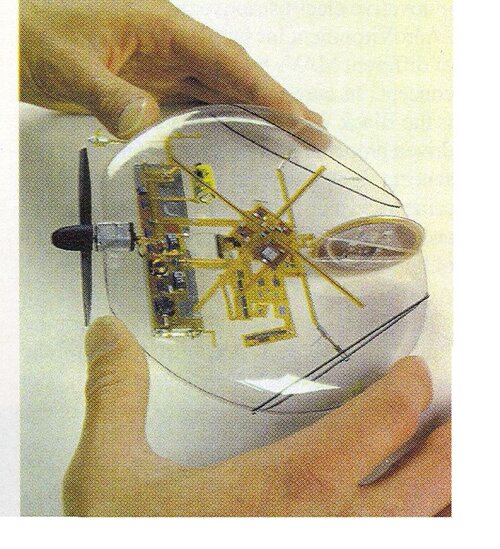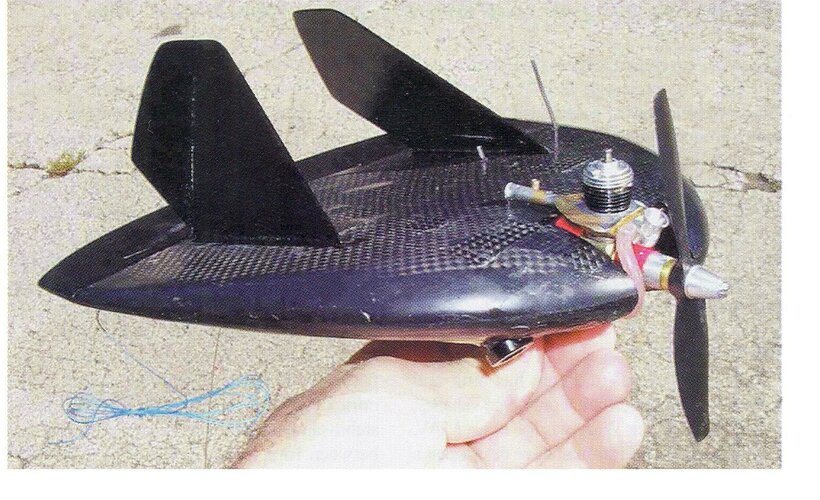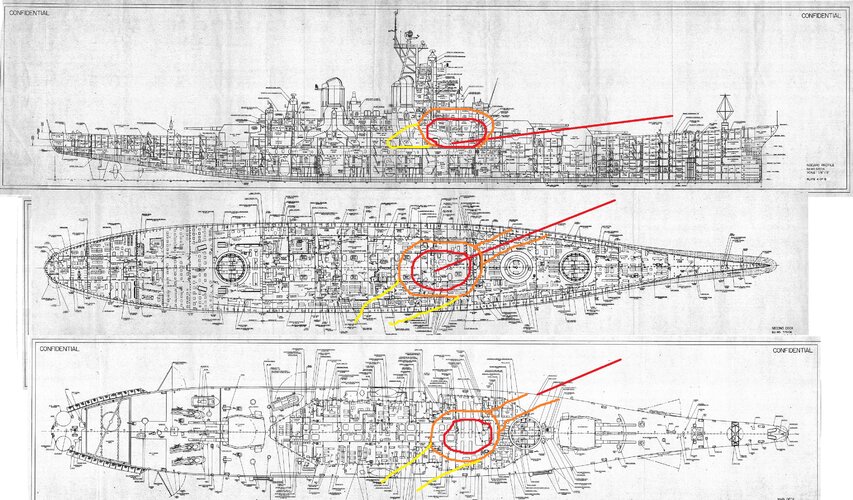Owens Z
quaerimus scientiam
- Joined
- 6 October 2023
- Messages
- 30
- Reaction score
- 56
Like those of most countries, US Army tanks have relentlessly increased in weight since the M4 Sherman in World War 2. As you have heard, for decades now voices have advocated entirely replacing the M1 Abrams with a much smaller, lighter tank, even a wheeled vehicle. The lighter tank would have better strategic mobility, among other claimed advantages. I hear those voices, but for the purpose of discussion, and to keep this thread tight, let's stipulate that the long upward trend continues after the M1 becomes obsolescent, to 75 or 80 tonnes. How about a new replacement tank of this size that is designed from the ground up to combine the functions of a main battle tank with a self-propelled howitzer, as some persons have recommended? Tank gun caliber is tentatively planned to go from the current 120mm up to 130 or 140mm anyways, so why not bite the bullet and skip ahead to a new-design 155mm? A caliber that, for example, the American T30 tank wielded successfully in 1947-49 (although the T30 subsequently didn't enter production). I will name this new tank 'Ogre', with apologies to Steve Jackson. The Ogre would replace the M1, the M109, the unbuilt Crusader, etc. with one vehicle. (The Army's numerous lighter units would continue with something like Strykers and modified trucks like CAESAR and HIMARS, but will stay well clear of enemy tanks.)
Interestingly, all the US Army's tanks, M4s through M60s, used to have a quadrant sight for indirect fires as standard equipment, and that capability was famously useful in Korea (and by the Israelis against the Golan Heights). But for the Ogre, you would not need to first build a big dirt ramp, or excavate a sloped pit.
Each Ogre would fit, say, fifty rounds. Yes, an APFSDS dart's sabot would have to be designed to engage a rifled barrel, and thus a bit of muzzle energy would be wasted (British design knowledge might be helpful here). But a new uranium/vanadium dart sized for an Ogre's 155mm gun would still easily overpower any known defense. In fact, remembering Soviet experience on the Eastern Front, any current non-Western tank would be blown apart anyhow from a hit by a mere HE shell from a 155mm gun. So for many years the APFSDS round would be more to future-proof the Ogre than for actual battle, and the great majority of rounds carried and fired will be HE. Perhaps a few other round types: a gliding guided HE shell like Excalibur; a squash head or a new APHE shell, similar to the US Navy's 'super heavy' 130-lb six-inch round of WW2, for defeating bunkers and such; a carrier shell with antitank submunitions like SADARM or BONUS; a canister round of tungsten pellets for human wave attacks and drone swarms; and a white phosphorus shell. And maybe carry one or two gun-launched guided missiles of new design, somewhat like the existing LAHAT or old Shillelagh, for anti-helicopter use.
The advanced and powerful engine would be up front (like the Merkava). This Ogre is definitely a tank, and its thick armor and active protection, more formidable even than the M1's or Challenger's, means that it can fearlessly engage and crush a column of lesser tanks in sight. But I suspect that most of its time, even in all-out armored warfare like Desert Storm or the ongoing Russian invasion of Ukraine, would be engaged in long-range indirect fire. The weight of metal on the enemy from the 300 accurate, rapid-fire guns of one armored division would be obliterating. The Ogre's crew would be well trained in indirect and direct shooting, and have the sensors and fire control for both. The crew is four or five men, necessary for handling the big gun but also giving advantages in situational awareness (e.g. watching for drones), in repairing a busted track, etc. over a three-man Leclerc or T-72.
Versions of the Ogre chassis might serve as heavy infantry fighting vehicles, flak vehicles with 30mm Gatling gun, combat engineering vehicles, tank recovery tractors, and bridging vehicles. The Ogre and derived vehicles would give airlift and sealift support personnel even more headaches than the M1A2 does now. But if something like the Ogre is truly required to overcome near-peer armies in the future, then they will have to tough it out.
What do you all think of a new heavyweight AFV that combines the functions of a tank and a self-propelled howitzer? If it makes you more comfortable, then we could call it an assault gun combined with a self-propelled howitzer. The resourceful Ukrainians may already be ahead of us; see < View: https://x.com/UAWeapons/status/1564983903475175424
>. I am aware that there would necessarily be trade-offs, especially from according a tank gun much greater elevation than usual, and greater scope to adjust its muzzle velocity. Let's use ingenuity and lateral thinking to overcome those. My considerations are for combat effectiveness against a determined foe, but helping the Army's budget by one combined vehicle is good too. Please comment. I would be especially interested to hear from active or retired tankers and artillerymen about this matter, in addition to armchair theorists like myself.
Interestingly, all the US Army's tanks, M4s through M60s, used to have a quadrant sight for indirect fires as standard equipment, and that capability was famously useful in Korea (and by the Israelis against the Golan Heights). But for the Ogre, you would not need to first build a big dirt ramp, or excavate a sloped pit.
Each Ogre would fit, say, fifty rounds. Yes, an APFSDS dart's sabot would have to be designed to engage a rifled barrel, and thus a bit of muzzle energy would be wasted (British design knowledge might be helpful here). But a new uranium/vanadium dart sized for an Ogre's 155mm gun would still easily overpower any known defense. In fact, remembering Soviet experience on the Eastern Front, any current non-Western tank would be blown apart anyhow from a hit by a mere HE shell from a 155mm gun. So for many years the APFSDS round would be more to future-proof the Ogre than for actual battle, and the great majority of rounds carried and fired will be HE. Perhaps a few other round types: a gliding guided HE shell like Excalibur; a squash head or a new APHE shell, similar to the US Navy's 'super heavy' 130-lb six-inch round of WW2, for defeating bunkers and such; a carrier shell with antitank submunitions like SADARM or BONUS; a canister round of tungsten pellets for human wave attacks and drone swarms; and a white phosphorus shell. And maybe carry one or two gun-launched guided missiles of new design, somewhat like the existing LAHAT or old Shillelagh, for anti-helicopter use.
The advanced and powerful engine would be up front (like the Merkava). This Ogre is definitely a tank, and its thick armor and active protection, more formidable even than the M1's or Challenger's, means that it can fearlessly engage and crush a column of lesser tanks in sight. But I suspect that most of its time, even in all-out armored warfare like Desert Storm or the ongoing Russian invasion of Ukraine, would be engaged in long-range indirect fire. The weight of metal on the enemy from the 300 accurate, rapid-fire guns of one armored division would be obliterating. The Ogre's crew would be well trained in indirect and direct shooting, and have the sensors and fire control for both. The crew is four or five men, necessary for handling the big gun but also giving advantages in situational awareness (e.g. watching for drones), in repairing a busted track, etc. over a three-man Leclerc or T-72.
Versions of the Ogre chassis might serve as heavy infantry fighting vehicles, flak vehicles with 30mm Gatling gun, combat engineering vehicles, tank recovery tractors, and bridging vehicles. The Ogre and derived vehicles would give airlift and sealift support personnel even more headaches than the M1A2 does now. But if something like the Ogre is truly required to overcome near-peer armies in the future, then they will have to tough it out.
What do you all think of a new heavyweight AFV that combines the functions of a tank and a self-propelled howitzer? If it makes you more comfortable, then we could call it an assault gun combined with a self-propelled howitzer. The resourceful Ukrainians may already be ahead of us; see < View: https://x.com/UAWeapons/status/1564983903475175424
>. I am aware that there would necessarily be trade-offs, especially from according a tank gun much greater elevation than usual, and greater scope to adjust its muzzle velocity. Let's use ingenuity and lateral thinking to overcome those. My considerations are for combat effectiveness against a determined foe, but helping the Army's budget by one combined vehicle is good too. Please comment. I would be especially interested to hear from active or retired tankers and artillerymen about this matter, in addition to armchair theorists like myself.

